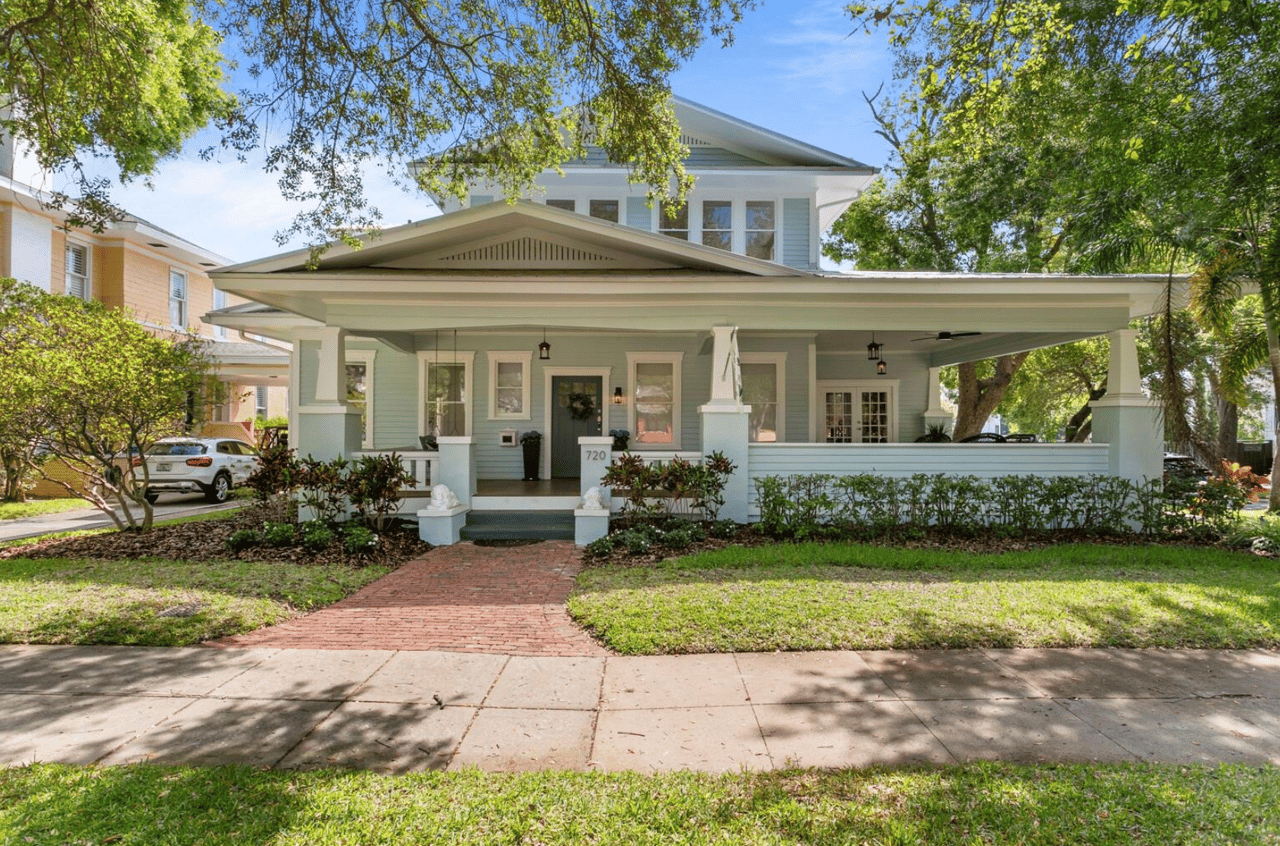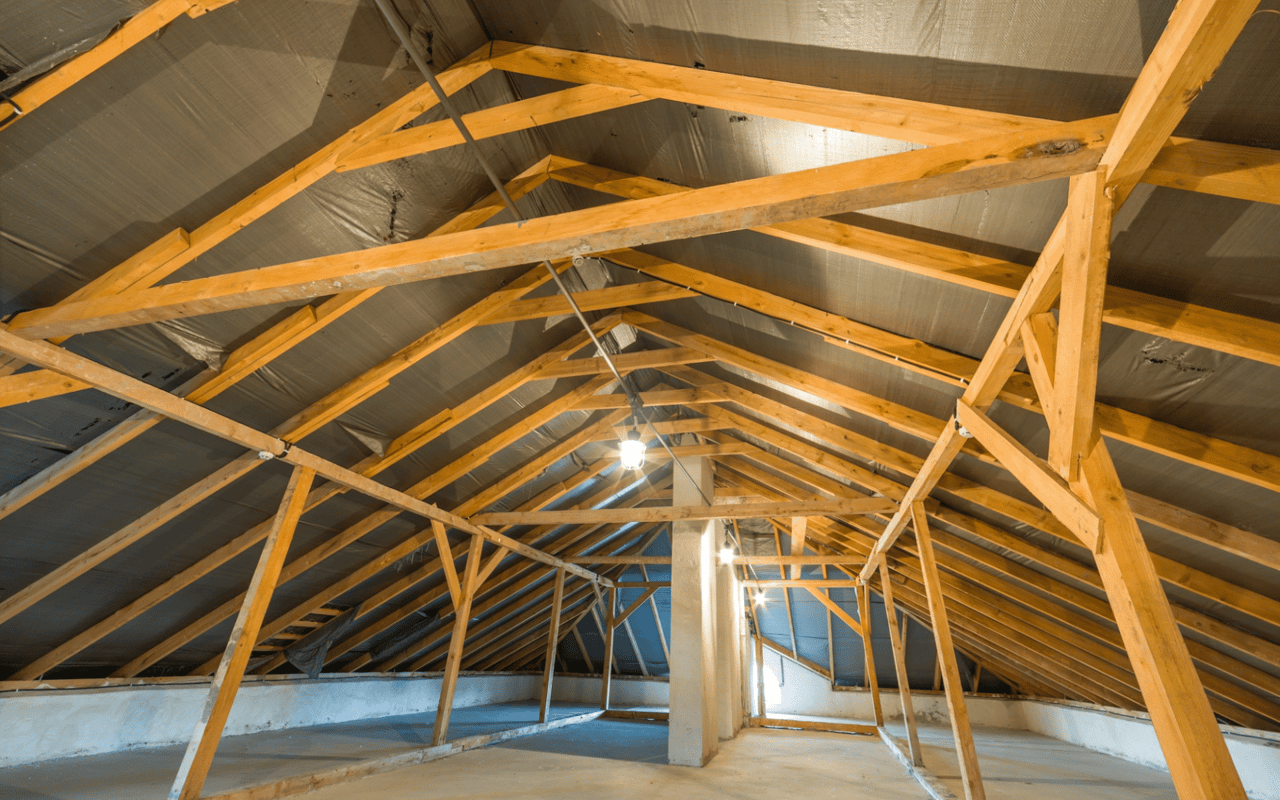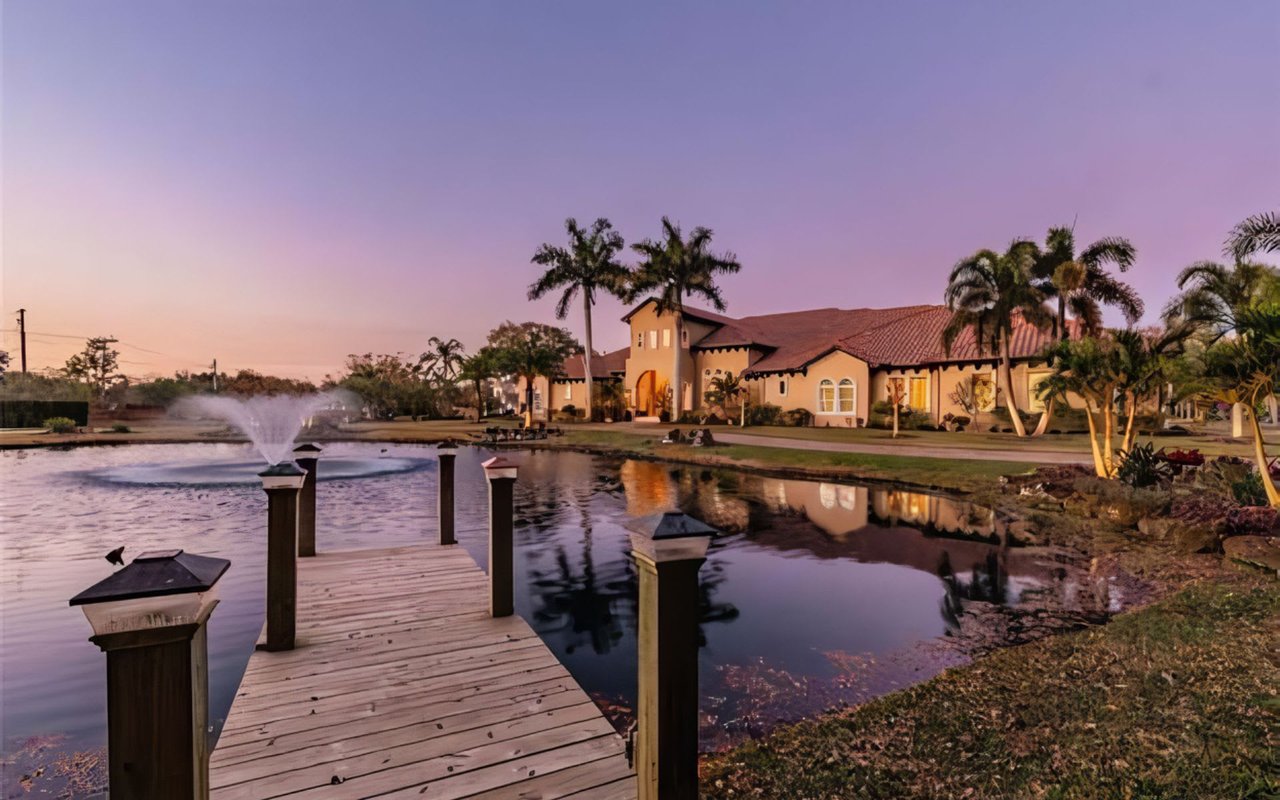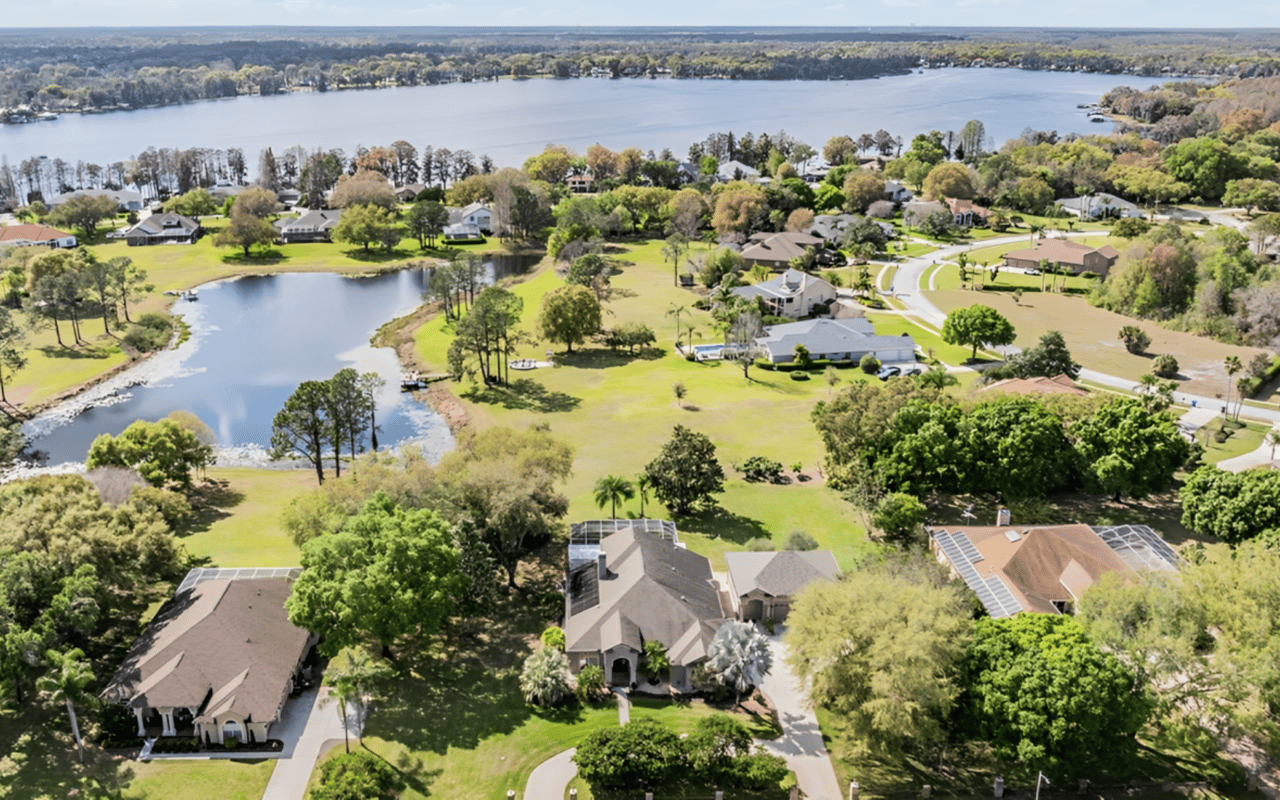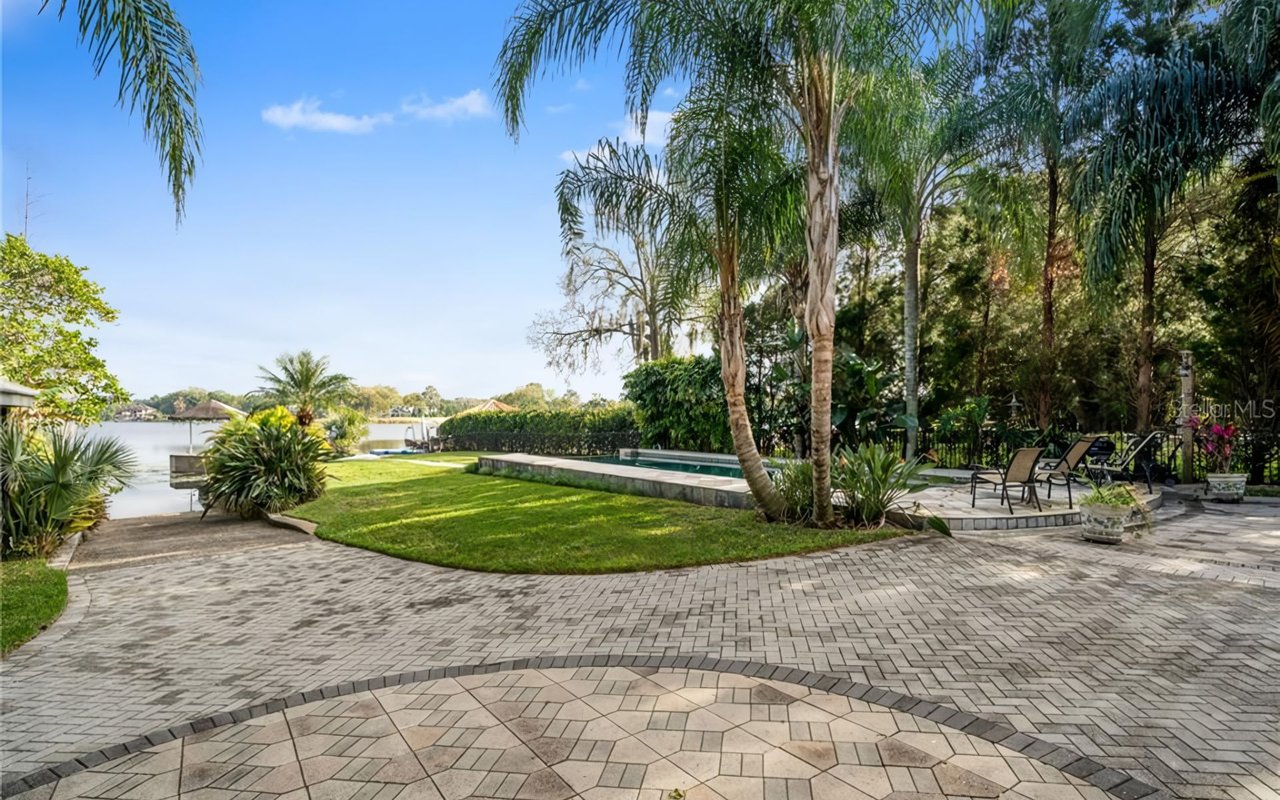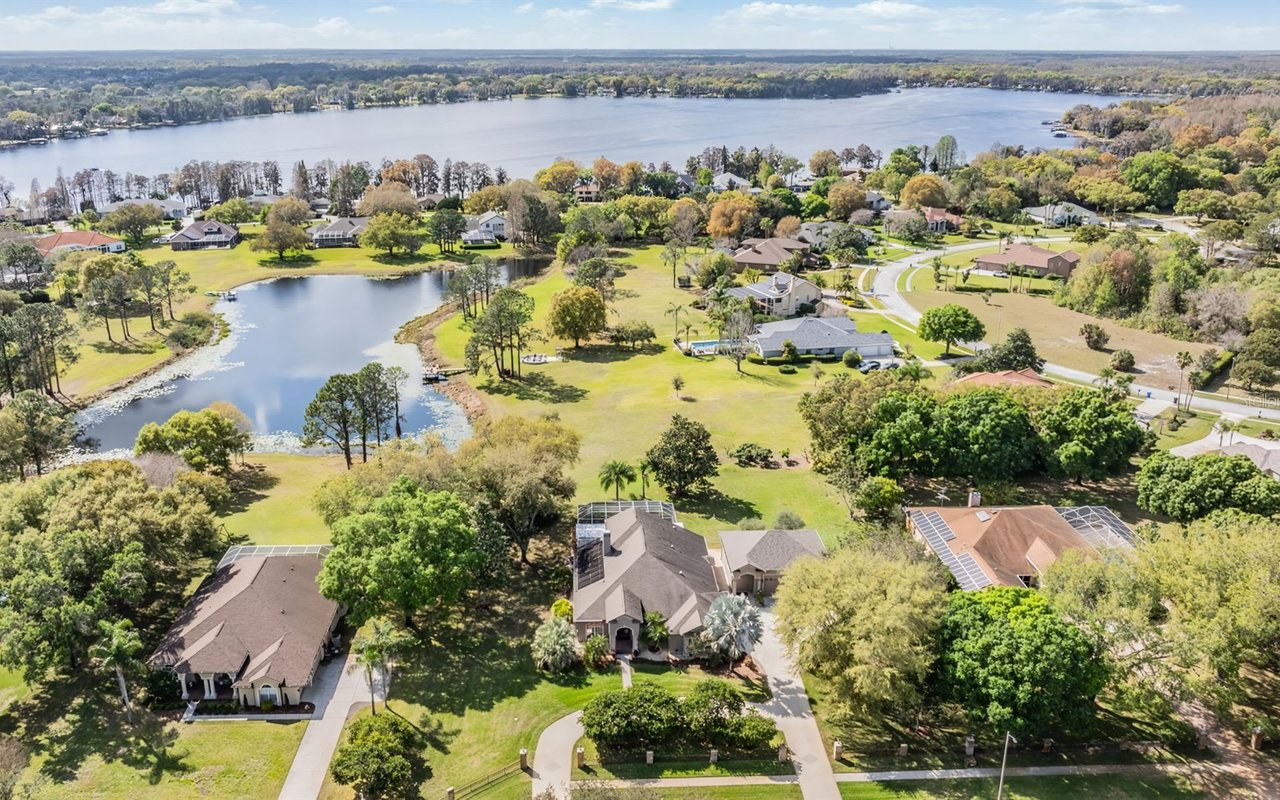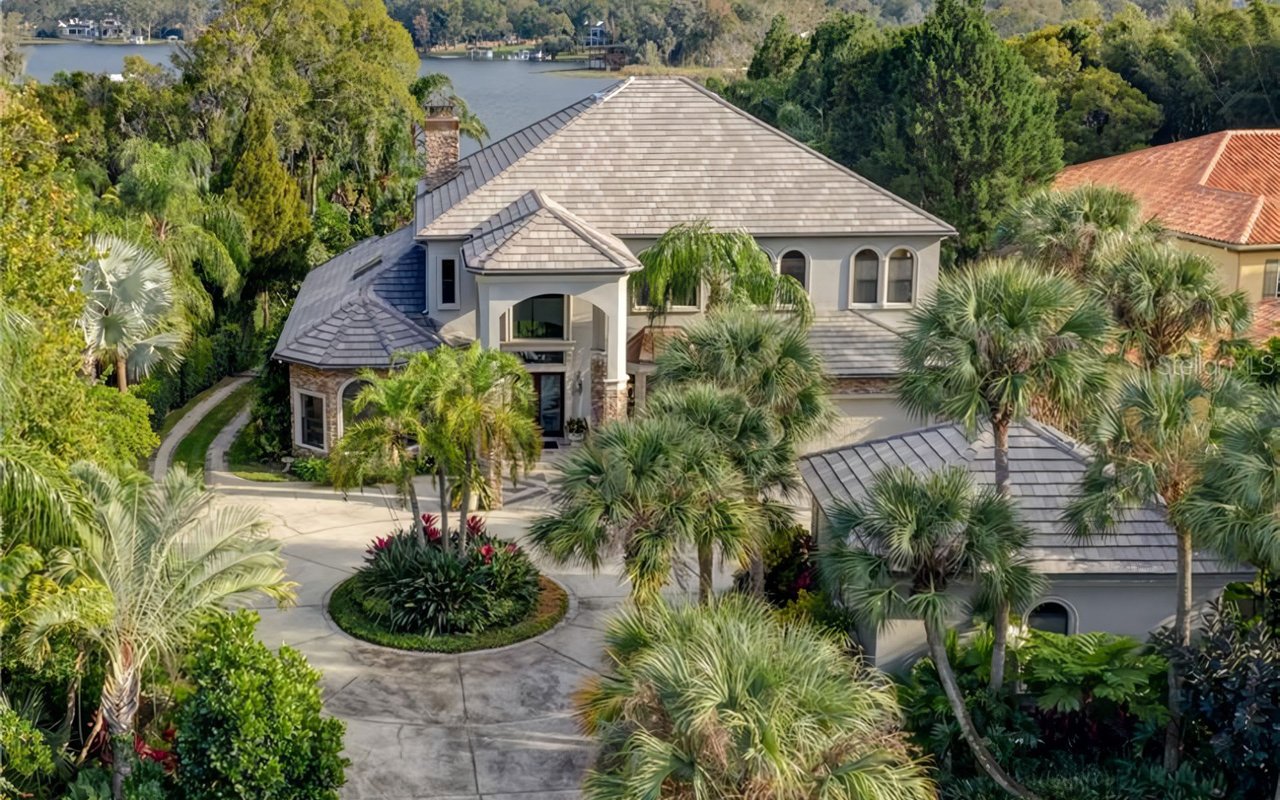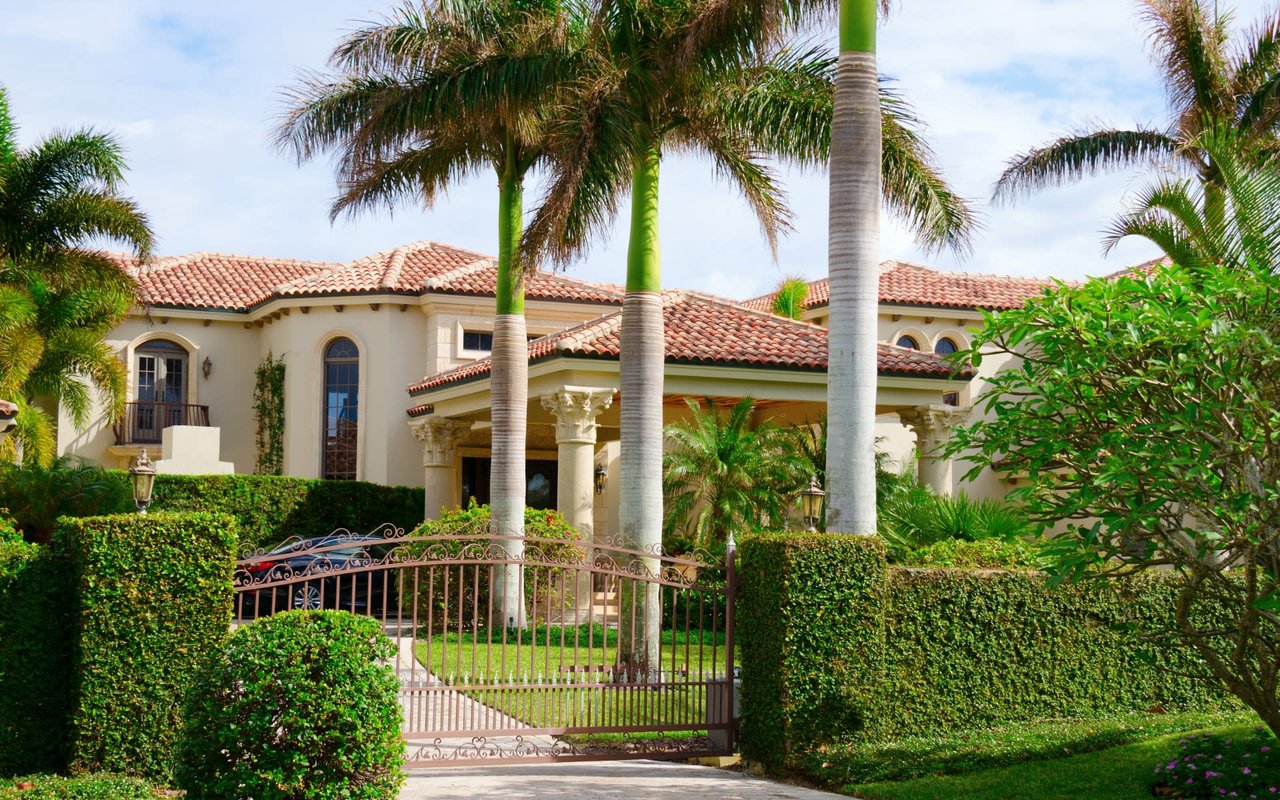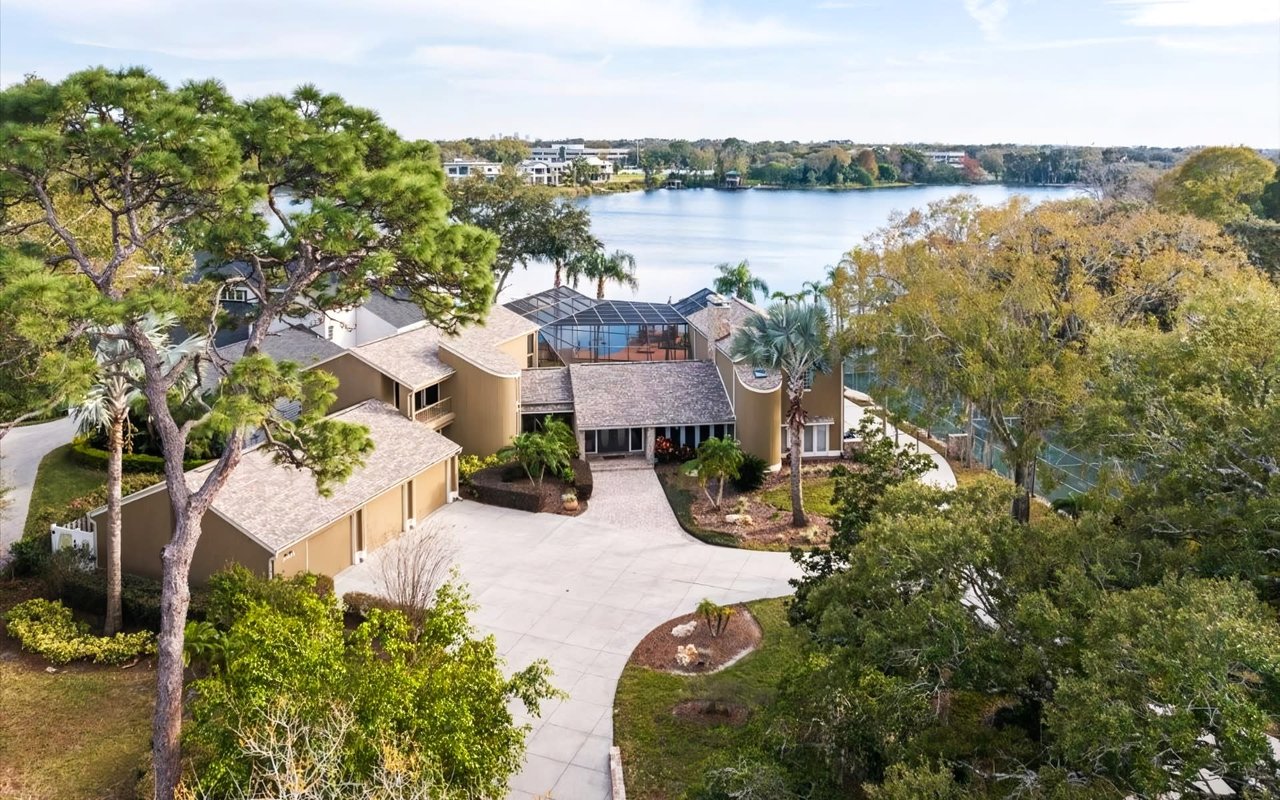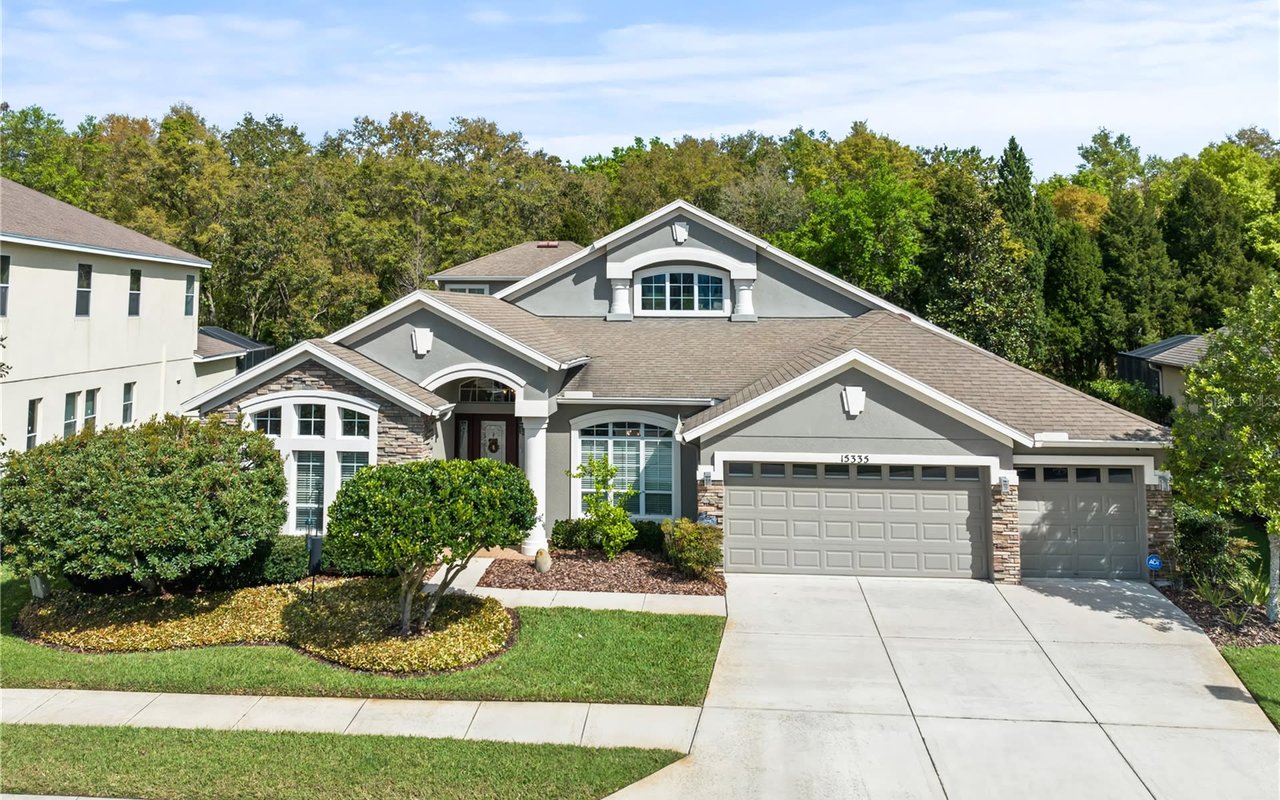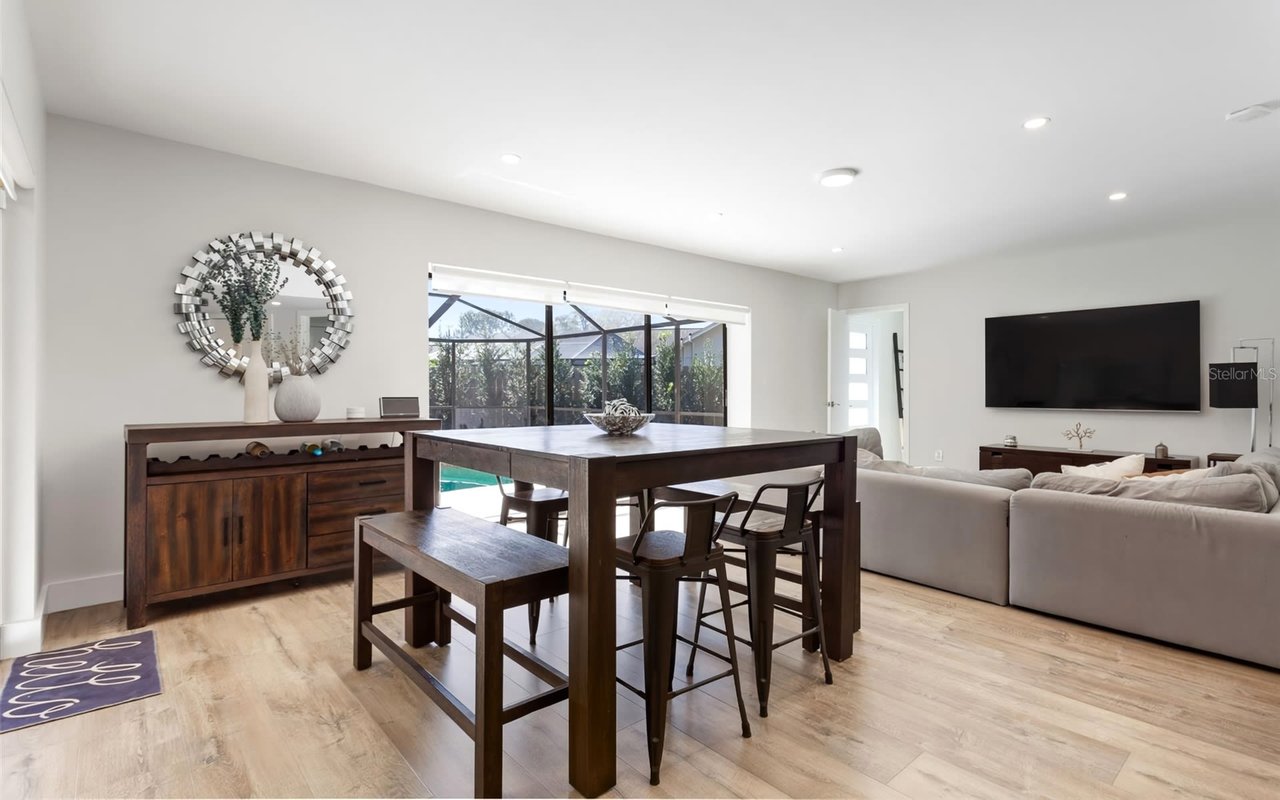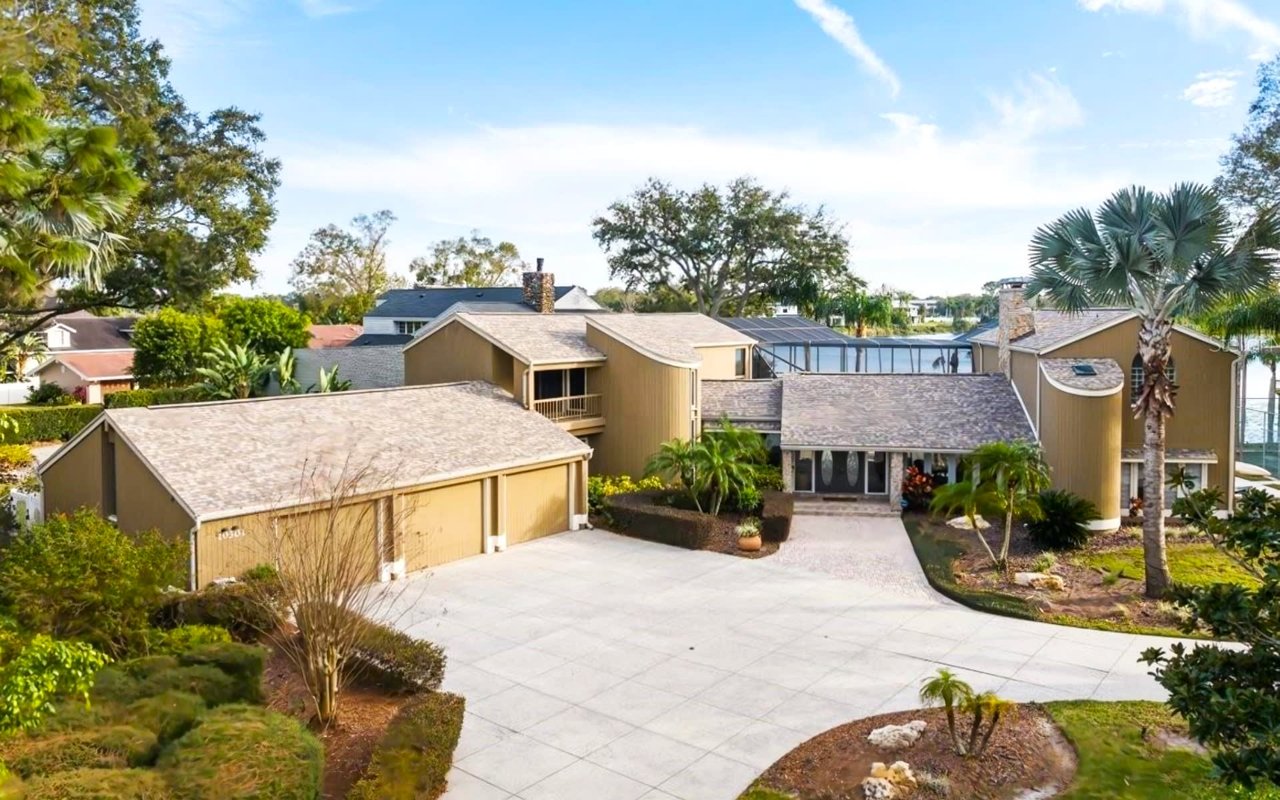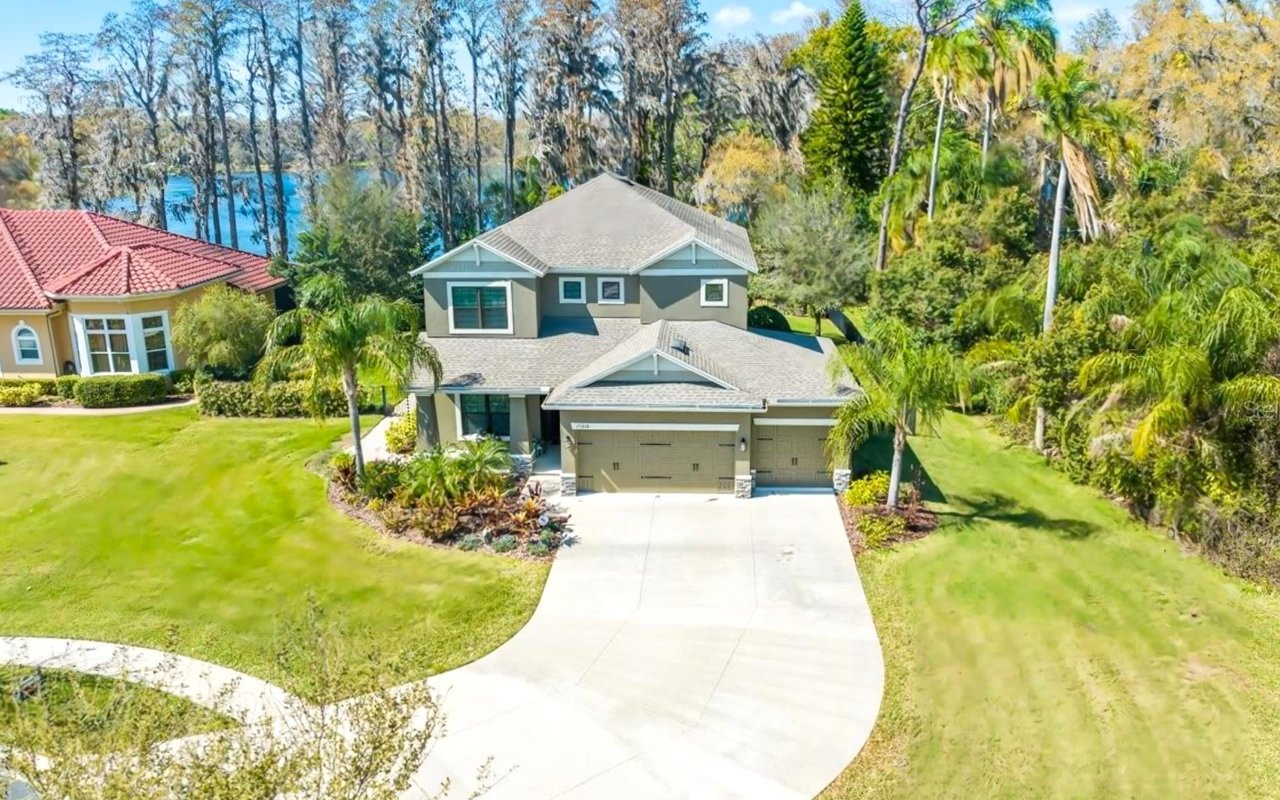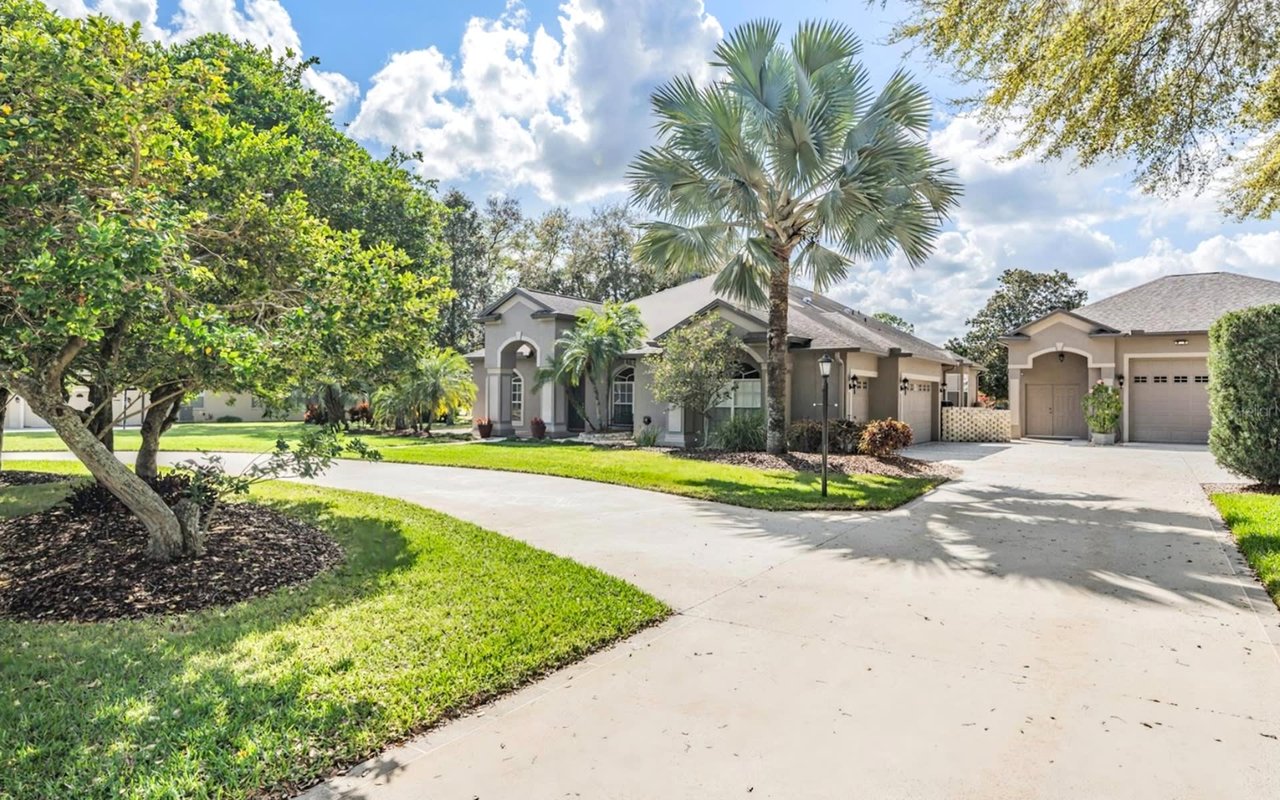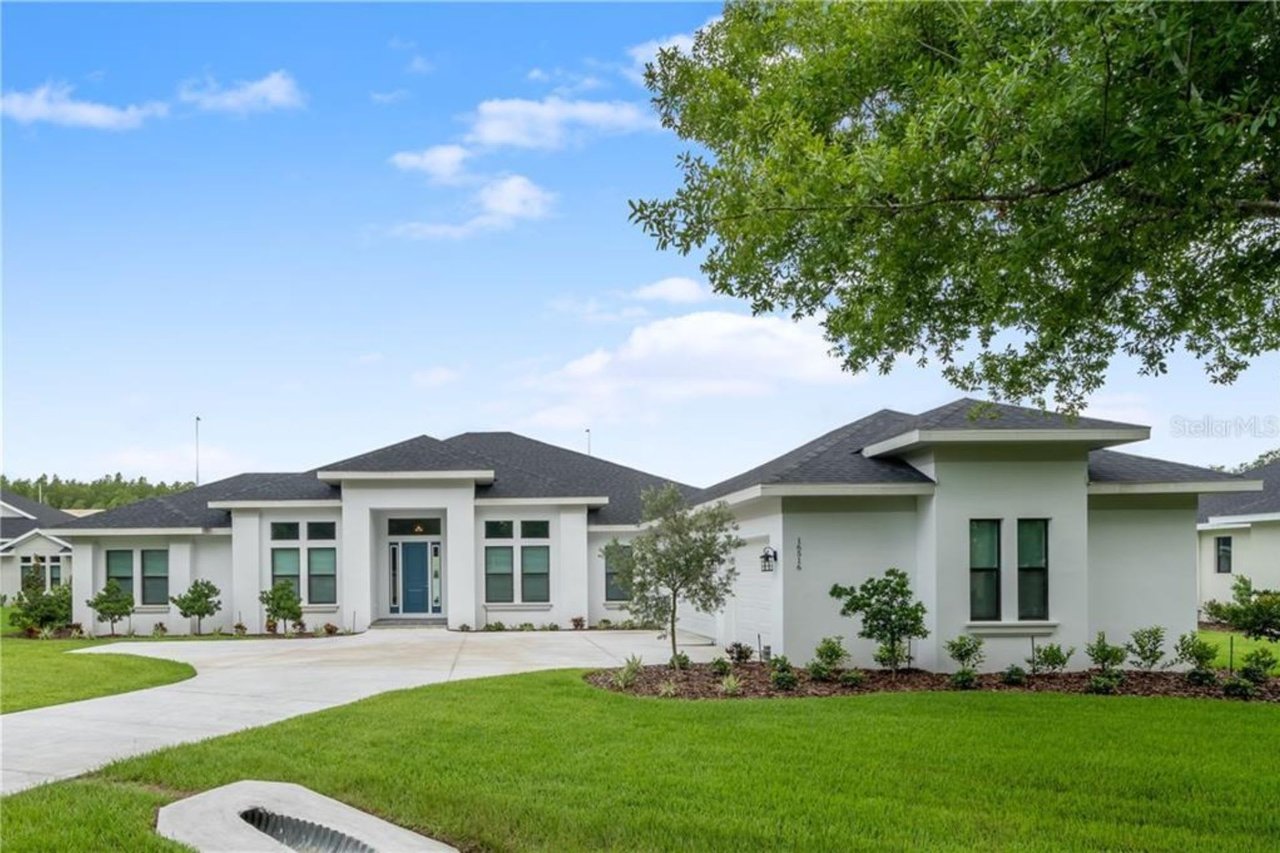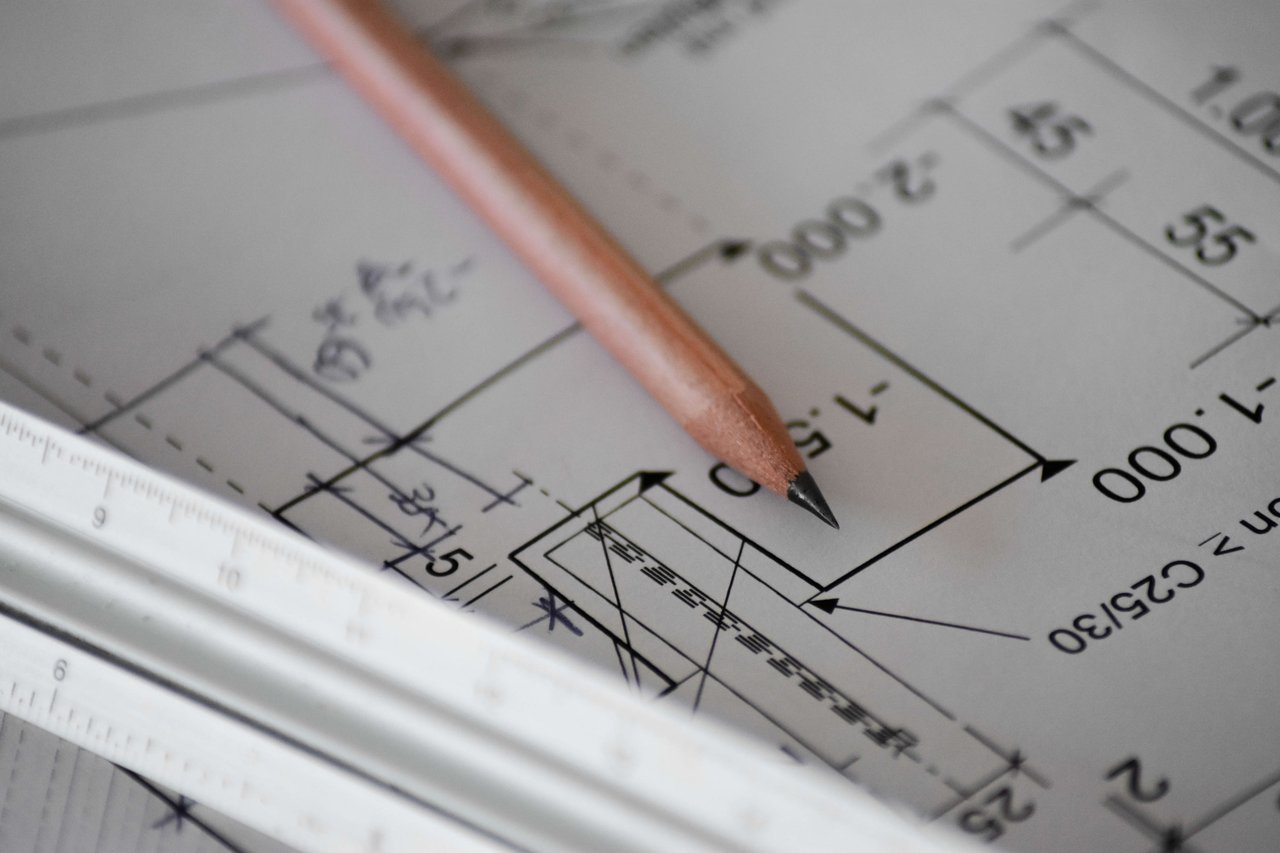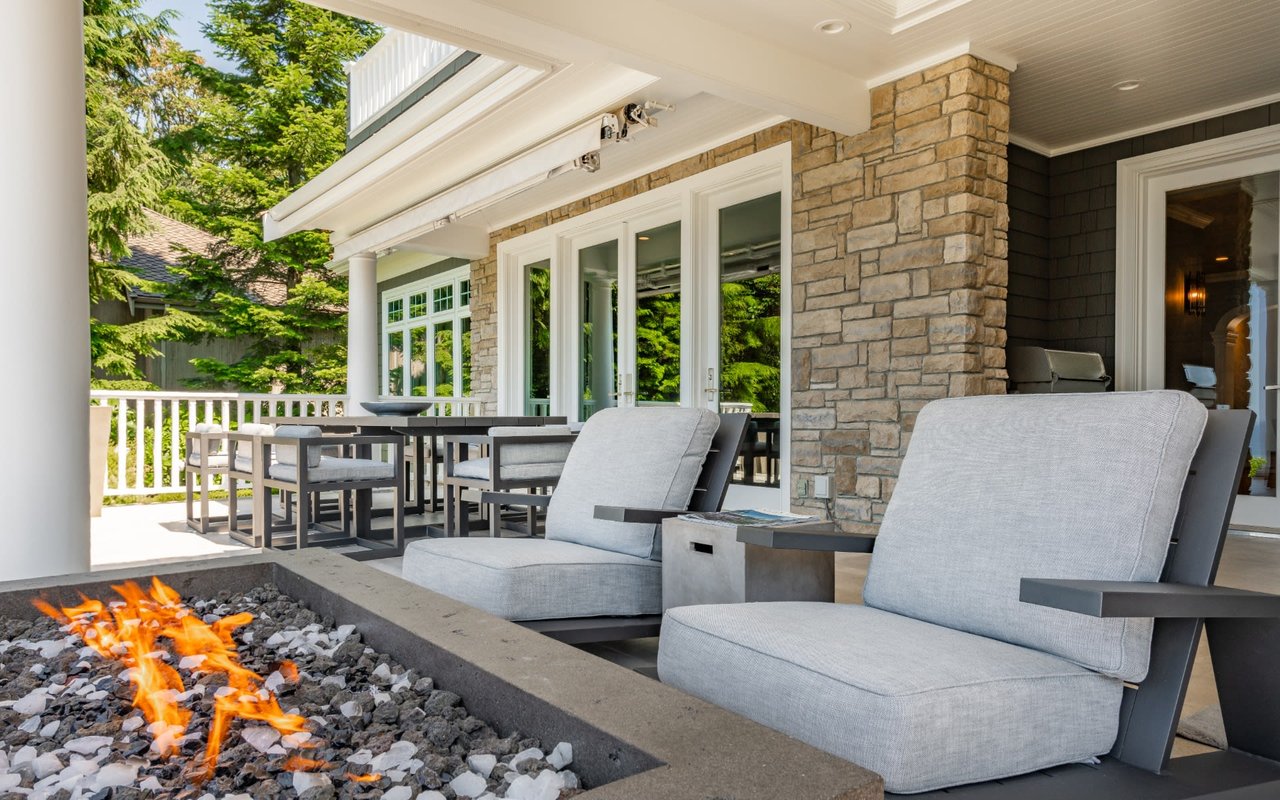The real estate market is a complex and dynamic arena, where various factors influence the value of a property. Among these factors, the age of a home plays a significant role in determining its market value. While newer homes often attract buyers due to modern amenities and lower maintenance costs, older homes can captivate with their charm, history, and established neighborhoods. Understanding how the age of a home impacts its market value is crucial for both buyers and sellers looking to make informed decisions.
The Appeal of Newer Homes
Newer homes, typically those built within the last 10-20 years, have a distinct appeal for many buyers. One of the primary reasons is the incorporation of modern amenities and design trends. These homes often feature open floor plans, energy-efficient systems, and contemporary finishes that cater to current tastes and lifestyles. Additionally, newer homes are generally constructed with advanced building materials and techniques, resulting in better insulation, energy efficiency, and overall structural integrity.
Another significant advantage of newer homes is the reduced maintenance costs. Since these homes are relatively new, major components such as the roof, HVAC system, plumbing, and electrical systems are likely in excellent condition. This reduces the likelihood of unexpected repairs and costly replacements, providing peace of mind to homeowners.
Newer homes are also built to adhere to the latest building codes and safety standards, offering enhanced security features and compliance with environmental regulations. For many buyers, the idea of moving into a home with fewer immediate maintenance concerns and modern conveniences is highly attractive, often justifying a higher market value.
The Charm of Older Homes
While newer homes have their advantages, older homes hold a unique charm that appeals to a different segment of the market. Homes built several decades ago or even in the early 20th century often possess architectural details and craftsmanship that are hard to find in modern constructions. Features such as intricate woodwork, high ceilings, and original hardwood floors can evoke a sense of history and character that many buyers find irresistible.
Older homes are often situated in well-established neighborhoods with mature landscaping and a strong sense of community. These neighborhoods typically offer a stability and charm that newer developments may lack. Proximity to schools, parks, and local amenities that have been around for years can also add to the appeal of older homes.
However, owning an older home can come with its challenges. Maintenance and repair costs tend to be higher due to aging systems and materials. Electrical and plumbing systems may require updates to meet current standards, and older homes might lack modern insulation and energy efficiency. Buyers considering older homes should be prepared for potential renovation costs and the need for regular upkeep.
Balancing Age with Renovations
One way to bridge the gap between the allure of older homes and the conveniences of newer constructions is through renovations and updates. Well-executed renovations can significantly enhance the market value of an older home. Modernizing kitchens and bathrooms, updating electrical and plumbing systems, and improving energy efficiency can make older homes more appealing to contemporary buyers.
However, it's essential to approach renovations with careful consideration of the home's original character. Over-modernizing can sometimes strip away the unique features that give older homes their charm. Striking a balance between preserving historical elements and incorporating modern amenities is key to maximizing the market value of an older home.
Market Trends and Buyer Preferences
Market trends and buyer preferences also play a crucial role in determining the relationship between home age and market value. In some markets, there is a strong demand for new constructions, driven by buyers seeking turnkey properties with minimal maintenance needs. In other markets, historic homes in established neighborhoods may command a premium due to their unique appeal and scarcity.
Understanding local market dynamics is essential for buyers and sellers. In areas with a high demand for new homes, sellers of older properties may need to invest in strategic updates to remain competitive. Conversely, in markets where historic homes are highly sought after, sellers can emphasize the unique features and history of their property to attract buyers willing to pay a premium.
Investment Potential
For real estate investors, the age of a home can also influence its potential for appreciation and rental income. Newer homes may provide steady rental income with lower maintenance costs, making them attractive for long-term investments. Older homes, especially those with historical significance, may appreciate significantly over time, particularly if located in gentrifying neighborhoods or areas undergoing revitalization.
Investors should carefully assess the condition of older homes and factor in renovation costs when evaluating their investment potential. Properly maintained and updated older homes can offer substantial returns, particularly if they possess unique architectural features and are situated in desirable locations.
The age of a home is a significant factor that influences its market value, with newer and older homes each offering distinct advantages and challenges. Newer homes appeal to buyers seeking modern amenities, lower maintenance costs, and compliance with current building standards. Older homes, on the other hand, captivate with their charm, history, and established neighborhoods but may require more upkeep and renovations.
Balancing the benefits of both newer and older homes involves understanding market trends, buyer preferences, and the impact of location. Renovations can enhance the appeal of older homes, while strategic updates can make them competitive in markets dominated by new constructions. For buyers, sellers, and investors, decoding the relationship between home age and market value is essential for making informed real estate decisions.
By carefully considering the factors that contribute to a home's value, individuals can navigate the real estate market with confidence, whether they are purchasing a new property, selling an older home, or investing in real estate. Understanding the nuances of home age and market value empowers stakeholders to make choices that align with their goals and preferences, ultimately leading to successful real estate transactions.
No one can offer you better guidance than elite Realtor® Joe Lewkowicz. Joe brings expert knowledge of the local housing scene and over 40 years of experience finding the perfect homes for his clients, which is the key to discovering your own piece of paradise in Tampa. Reach out today to begin.
